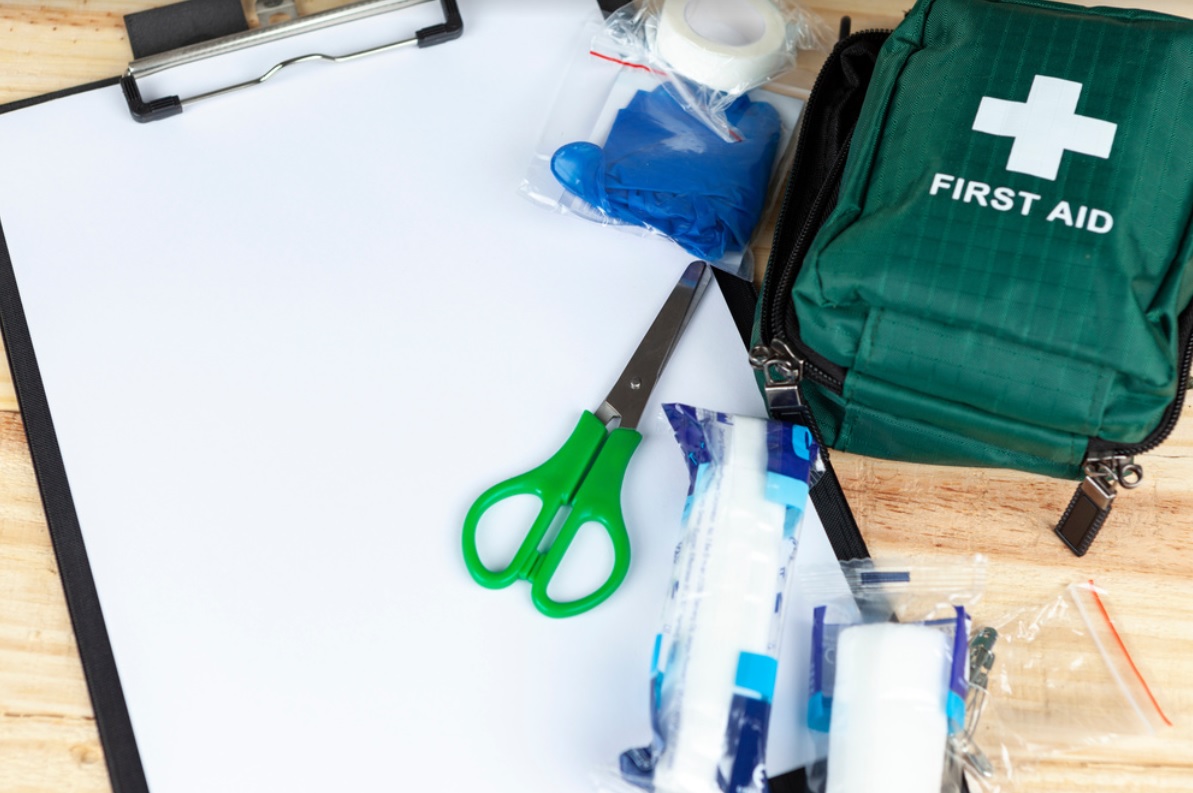CPR, or cardiopulmonary resuscitation, is a valuable life-saving technique used in emergency situations when someone’s breathing or heartbeat has stopped. This technique involves a combination of chest compressions and rescue breaths that help to keep oxygen flowing throughout the body. Knowing how to perform CPR can make a significant difference in saving a person’s life.
In this article, you’ll learn the importance of CPR, the signs that someone may need CPR, and the basic knowledge and skills required for performing CPR.
Introduction to CPR
CPR is a technique that involves compressing the chest and breathing into the mouth of someone whose heart has stopped beating or who has stopped breathing. This technique helps to restore the flow of oxygen to the brain and other vital organs. CPR is a valuable technique that can save lives, which is why it is essential to learn how to perform it correctly.
Importance of CPR
Cardiac arrest is one of the leading causes of death worldwide. When a person’s heart stops beating or when they stop breathing, every second counts. Performing CPR immediately can significantly increase the chances of survival. In fact, studies have shown that bystander CPR can double or even triple a person’s chances of survival.
The Signs of Someone in Need of CPR
Some common signs that someone may need CPR include the following:
- Unconsciousness
- No breathing or difficulty breathing
- No pulse or a weak pulse
- Chest pain, discomfort, or pressure
If you notice any of these signs, it is essential to act quickly and begin performing CPR right away.
Basic Knowledge and Skills Required for Performing CPR
Knowing how to perform CPR requires some basic knowledge and skills. First, you need to check if the person is conscious and breathing. If they are not, call for help and start performing CPR.
Begin by placing the person on a flat surface, and then place your hands on the center of their chest. Next, push down on their chest about two inches deep and at a rate of 100 to 120 compressions per minute. After 30 compressions, give the person two rescue breaths by tilting their head back and lifting their chin. Repeat the process until help arrives.
How to Use an AED (Automated External Defibrillator)
An automated external defibrillator (AED) is a portable electronic device that can shock the heart back into a normal rhythm. AEDs are often found in public places like airports, shopping malls, and sports arenas.
If someone needs CPR, it is crucial to use an AED if one is available. To use an AED, turn it on and follow the instructions provided. Place the pads on the person’s chest and wait for the AED to analyze the heart rhythm. If the AED indicates a shock is needed, step away from the person and press the shock button.

Common Misconceptions About CPR
There are several common misconceptions about CPR that can prevent people from performing it correctly. One of the most common misconceptions is that you need to perform rescue breaths before chest compressions. However, studies have shown that performing chest compressions alone can be just as effective as traditional CPR. Another common misconception is that you need to perform CPR until the person’s heart starts beating again. In reality, you should continue performing CPR until help arrives.
CPR Certification and Training
CPR certification and training are essential for anyone who wants to learn how to perform CPR. CPR classes teach you how to recognize the signs of someone who needs CPR and how to perform CPR correctly. Getting CPR certification online or in person is often required for healthcare professionals, but it is also recommended for anyone who wants to learn how to perform CPR.
Benefits of CPR Training
There are several benefits to CPR training, including these:
- Increased confidence in emergency situations
- The ability to save lives
- Improved safety in the workplace and home
- Greater awareness of heart health and safety
Conclusion
Knowing how to perform CPR can be the difference between life and death in an emergency situation. If you notice someone who needs CPR, it is essential to act quickly and begin performing CPR right away.
Remember the basic steps of CPR, and don’t hesitate to use an AED if one is available. And consider taking a CPR class to learn the skills and gain the confidence needed to save lives.
Don’t wait! Start learning how to spot the signs of someone in need of CPR today.
